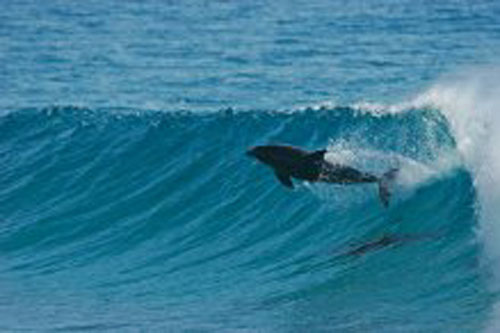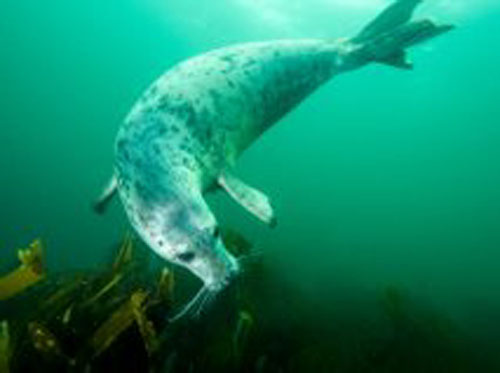Risk to dolphins and seals to be assessed
Sea mammals, such as dolphins and grey seals, which are at risk from new wave and tidal energy developments, will now see their situation improve thanks to new guidance programmes led by specialist researchers

The University of St Andrews’ Sea Mammal Research Unit (SMRU), its commercial arm SMRU Consulting, Natural Resources Wales (NRW) and the Scottish Association for Marine Science (SAMS) have published new instructions regarding marine mammal surveying requirements at energy sites in Wales.
Marine mammals are potentially at risk from being struck by moving parts, or being disturbed from areas where the energy devices are located. Welsh waters are home to species including bottlenose dolphins, porpoises and grey seals, all of which are protected under European legislation, which includes the provision of Special Areas of Conservation.
Dr Carol Sparling from SMRU Consulting, said: “This new guidance will allow developers to take a proportionate and robust approach to the gathering of data required to underpin their environmental assessments to assure the safety of local sea mammal populations.
“This guidance will also allow developers to focus on specific risks presented by individual projects rather than the existing ‘one size fits all’ approach.”

Ceri Morris, Marine Mammal Specialist at NRW, said: “It is our duty to ensure that marine mammals such as dolphins, porpoises and seals in Wales are protected.
“This new guidance will give us more confidence that we have the best available information on marine mammal distribution and help us to understand how animals may interact with wave and tidal devices to inform our advice.”
